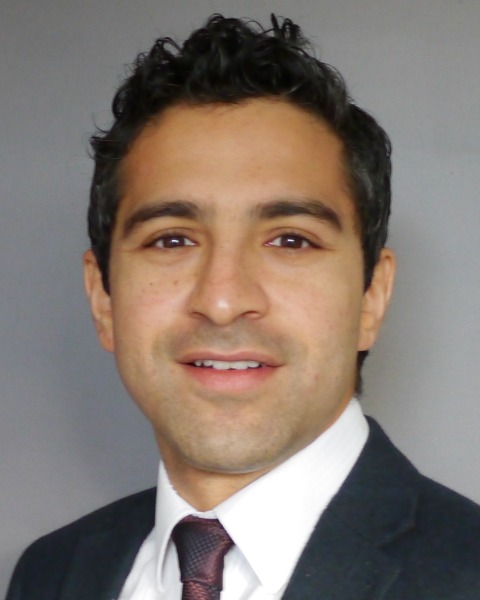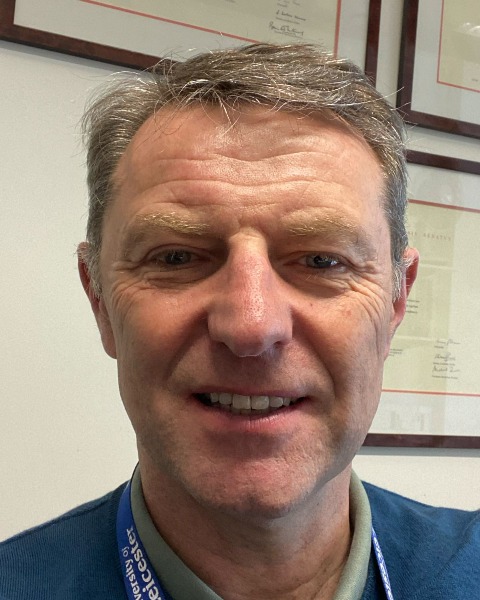Rapid Fire Abstracts
A pragmatic approach to the investigation of stable chest pain: a UK, multi-center, randomized trial to improve patient outcomes, quality of life and cost effectiveness (CE-MARC 3) (RF_SA_499)

John Greenwood, MBChB, PhD, FRCP, FSCMR, FACC, FESC, FBCS, FICS
Professor/Director
Baker Heart and Diabetes Institute
Melbourne University, Australia
Peter P. Swoboda, PhD
Consultant Cardiologist
Leeds Institute of Cardiovascular and Metabolic Medicine, United Kingdom
Colin Berry, MD, PhD
Professor of Cardiology
University of Glasgow, United Kingdom
Gerry P. McCann, MD
Professor
University of Leicester, United Kingdom- AK
Andrew Kellion, MD
Consultant Cardiologist, Clinical Lead for Cardiac Imaging
Oxford University Hospitals NHS Foundation Trust, United Kingdom 
Chiara Bucciarelli-Ducci, MD, PhD, FSCMR
Consultant Cardiologist
Royal Brompton and Harefield Hospitals
Royal Brompton, United Kingdom- NC
Nick Curzen, PhD
Professor of Cardiology
University of Southampton, United Kingdom - GL
Guy LLoyd, MD
Professor
St Bartholomew's Hospital, United Kingdom - SW
Simon Walker, MSc
University of York, United Kingdom
- DS
Deborah Stocken, MSc
Professor
University of Leeds, United Kingdom
Presenting Author(s)
Primary Author(s)
Co-Author(s)
There remains uncertainty and debate about the optimal non-invasive diagnostic imaging strategy for patients with suspected coronary artery disease (CAD). Computed Tomography Coronary Angiography (CTCA) and functional imaging are both guideline-recommended, although comparative evidence in patients with intermediate-high pre-test likelihood (PTL) of CAD is limited.
Methods:
CE-MARC3 aims to establish if a personalised investigation strategy compared to CTCA-first approach for all, leads to improved patient outcomes. 4,000 patients newly referred for the investigation of suspected cardiac chest pain will be recruited and randomised 1:1 to either personalised care (first line CTCA or functional imaging based on PTL), or CTCA first line for allcomers. Inclusion/exclusion criteria shown in Figure 1.
The primary endpoint is a composite of cardiovascular death, myocardial infarction, or unobstructed coronary arteries on invasive angiography, at 12 months. Remote follow up will occur at 6 and 12 months for symptoms, quality of life, and guideline directed medical therapy usage (Figure 2).
A cost-effectiveness analysis will be performed based on EQ-5D-5L, capturing impacts on health, measured in quality adjusted life years (QALYs), and costs (including investigations, procedures, procedural complications, medical treatment costs and any future hospital admissions).
The trial protocol has been designed to be pragmatic to capture real world practice and minimise hospital visits and inconvenience to patients. Novelly, it will be possible for the whole trial pathway to be conducted remotely with the option to perform non-face-to-face consent, randomisation, and data collection including EQ-5D-5L.
Results:
This is a large-scale, pragmatic, multi-centre randomised trial at 20 UK hospitals with well-established clinical services for both CTCA and functional cardiac imaging. Centres with geographical spread and with ethnically diverse populations have been selected. The main trial is funded by the charity Heart Research UK (TRP13/19) and the Quality-of-Life Sub-study by the British Heart Foundation (PG/21/10724).
As of August 2024, the trial remains open to recruitment, having randomised >2,500 patients (1st patient randomised 26/04/2022), with an original planned recruitment closure date of end of April 2025 (Figure 3).
Currently, of the randomised population, ~43% are female, ~75% have a PTL of 15% or more and ~12% are non-white. In the functional arm, ~1/4 patients have had stress CMR, potentially providing adequate power to investigate stress CMR as a co-variate.
Conclusion:
This trial will address whether, in patients with suspected cardiac chest pain, a strategy of personalised investigation according to PTL compared to CTCA for allcomers, leads to improved patient outcomes, quality of life and cost-effectiveness.

